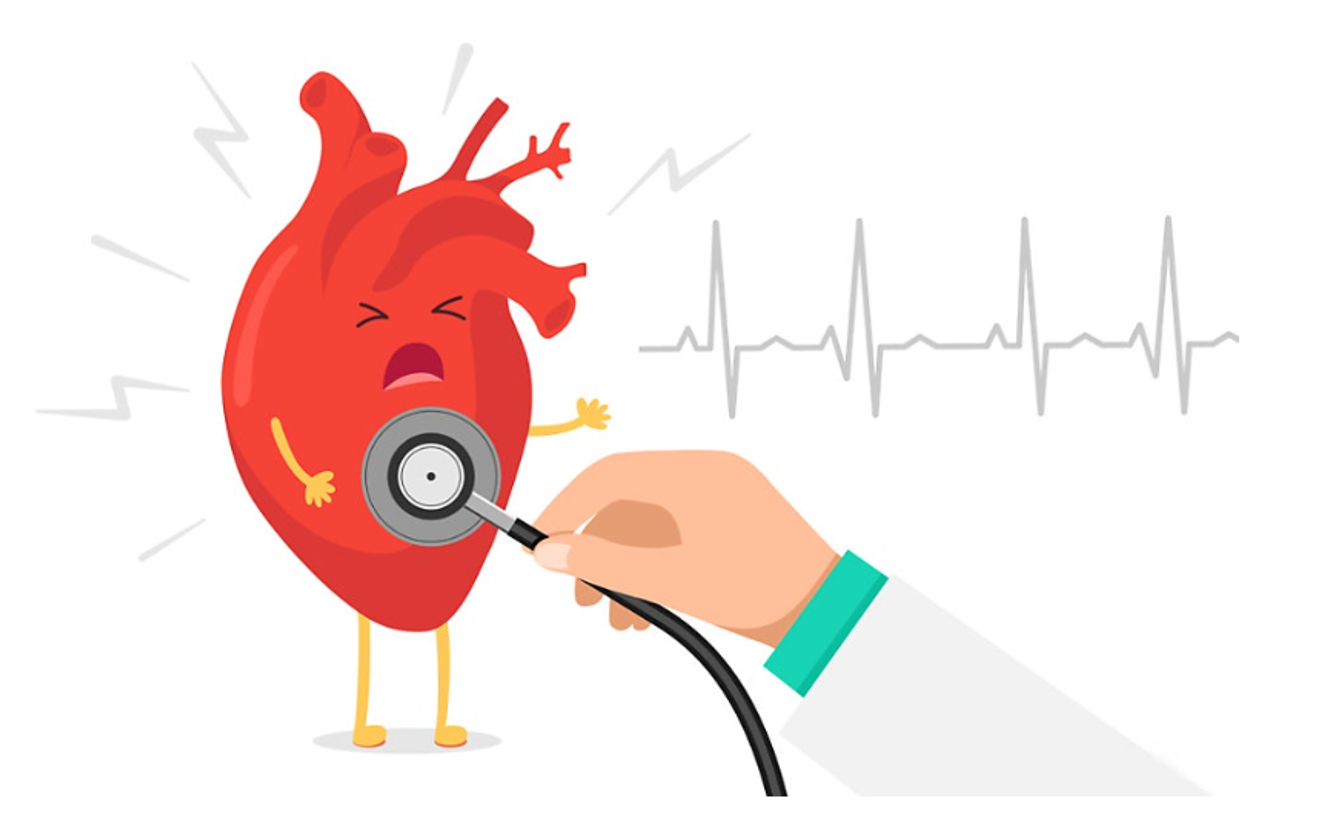Subject
- #Carotid Cavernous Fistula
- #Treatment
- #Diagnosis
- #Symptoms
- #Vascular Malformation
Created: 2025-02-25
Created: 2025-02-25 15:50
A carotid arteriovenous fistula (CAVF) is an abnormal connection between the carotid artery and a connected vein (mostly the internal jugular vein). This connection allows blood to flow directly from the artery to the vein, bypassing the normal arterial-venous flow. This leads to abnormal blood flow and can cause serious vascular and cardiovascular problems.
A carotid arteriovenous fistula can be congenital or acquired due to trauma, surgery, or other vascular diseases. When a fistula occurs, blood flows at high speed, overloading the blood vessels, and various symptoms and complications can occur over time.

The main characteristic of a carotid arteriovenous fistula is the abnormal direct connection between the artery and vein. This connection interferes with normal blood circulation and can lead to various serious symptoms and complications. The main characteristics are as follows:
1. Abnormal Blood Flow: The formation of an abnormal connection between the artery and vein causes blood to flow at high speed and the direction of blood flow changes. This can abnormally increase or decrease vascular pressure and cause serious cardiovascular problems.
2. High-Risk Groups: Carotid arteriovenous fistulas can occur due to various causes, including hypertension, arteriosclerosis, vasculitis, trauma, and surgery. Some patients may also have this condition congenitally.
3. Potential for Increased Damage: If a carotid arteriovenous fistula is left untreated, it will put more strain on the blood vessels over time and can cause serious complications. In particular, it can interfere with blood flow to the brain, leading to cerebrovascular diseases such as stroke or transient ischemic attack (TIA).
4. Vascular Dilation: Abnormal blood flow can cause abnormal dilation of arteries and veins. This can compress surrounding tissues or cause problems with blood circulation.
1. Congenital Causes
2. Acquired Causes
The symptoms of a carotid arteriovenous fistula can vary depending on the extent, location, and speed of blood flow. There may be no symptoms initially, but symptoms may gradually appear. The main symptoms are as follows:
1. Neck Pulsation (Auscultatory Sound): With a carotid arteriovenous fistula, a "thumping" sound or pulse may be heard in the neck. This is because the artery and vein are abnormally connected, causing blood to flow at high speed. This sound can be heard by medical professionals using a stethoscope.
2. Neck Swelling or Expansion: Due to the arteriovenous fistula, abnormal blood flow can cause the carotid artery and connected veins to expand, giving a feeling of swelling in the neck. Swelling or expansion of the neck may occur.
3. Headache: A carotid arteriovenous fistula can interfere with or abnormally increase blood flow to the brain, causing headaches.
4. Dizziness: Abnormal blood flow can cause the brain to lack oxygen and nutrients. This can lead to dizziness or difficulty maintaining balance.
5. Visual Impairment: Blood flow disorders can affect the brain areas responsible for vision, leading to visual impairment or blurred vision.
6. Vomiting and Nausea: A carotid arteriovenous fistula can affect cerebral blood flow, causing symptoms such as vomiting and nausea.
7. Neurological Symptoms: In severe cases, symptoms such as paralysis of one arm or leg, or slurred speech, may occur, similar to those of stroke or transient ischemic attack (TIA).
Diagnosis of a carotid arteriovenous fistula is mainly done through imaging tests. The main diagnostic methods are as follows:
1. Ultrasound Examination: An ultrasound examination measuring the blood flow of the carotid artery and internal jugular vein can detect abnormal blood flow. Ultrasound is a non-invasive and rapid examination useful for confirming suspicion of a carotid arteriovenous fistula.
2. CT Angiography: CT angiography can be performed to accurately determine the location and size of the carotid arteriovenous fistula. This test clearly shows the relationship between the artery and vein.
3. MRI Angiography: MRI can be used to accurately assess the condition of blood vessels. MRI can show tissue changes in detail, making it useful for diagnosing arteriovenous fistulas.
4. Angiography: Angiography is the definitive diagnostic method, and it can accurately identify the location where the carotid arteriovenous fistula has occurred. This is a test that images the blood vessels to clearly identify the problem area.
Treatment for carotid arteriovenous fistula mainly focuses on blocking abnormal blood flow and restoring vascular structure. Treatment methods may vary depending on the size and location of the arteriovenous fistula and the patient's condition.
1. Non-surgical Treatment
2. Surgical Treatment
The prognosis of a carotid arteriovenous fistula depends on the timing and method of treatment. With appropriate treatment, blood flow can be normalized and symptoms can improve. However, delaying treatment can cause the arteriovenous fistula to grow larger and increase the risk of serious complications.
Management Methods
A carotid arteriovenous fistula is a condition in which an abnormal vascular connection occurs between the carotid artery and internal jugular vein, which can lead to serious cardiovascular problems. It can occur congenitally or acquiredly depending on the cause, and symptoms can vary widely. Initially, auscultatory sounds due to abnormal blood flow or a swollen feeling in the neck may appear, and in severe cases, headaches, dizziness, and neurological symptoms may occur.
Comments0